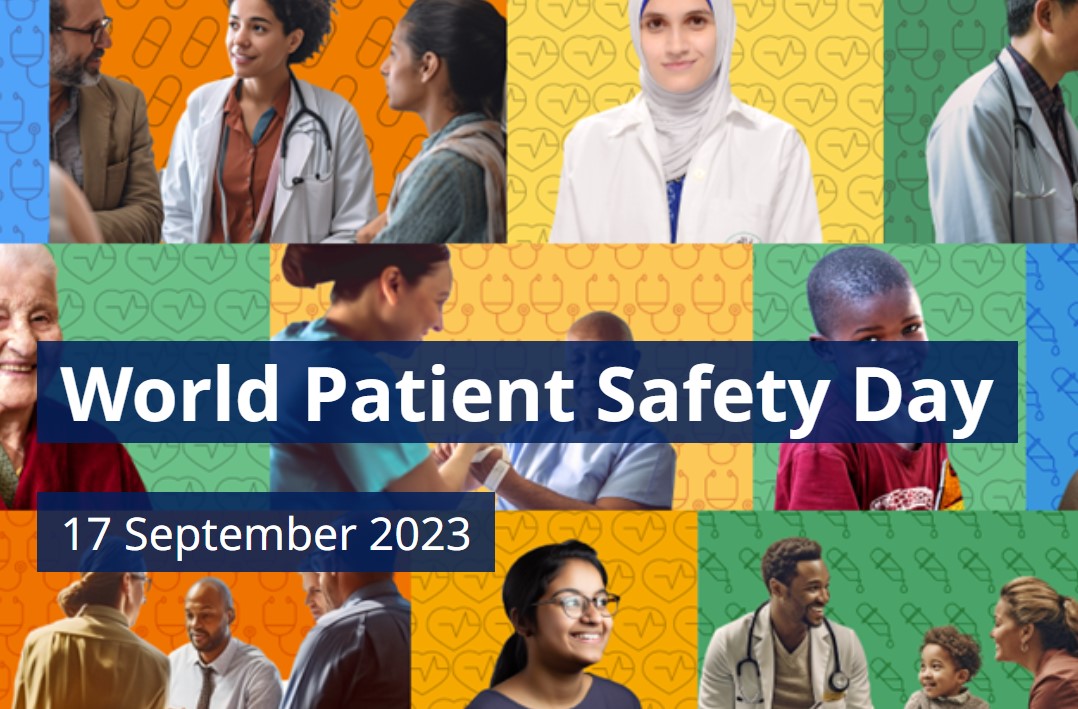With World Patient Safety Day 2023 focusing on ways to better engage patients in their own care we look at how anaesthesia is embracing patient engagement.
“Listen to your patient, he is telling you the diagnosis” is a quote from Sir William Osler, a famous physician in the 19th century. He is right – we should involve patients and relatives, not only to be polite but also because they will help us provide better care, also in anaesthesiology. The evidence shows that listening to and involving patients results in improved patient outcomes with lower costs and higher patient satisfaction. WHO estimates that effective patient engagement mechanisms reduce the burden of harm by up to 15%, saving lives and billions of dollars every year.
The importance of patient engagement is as a fundamental principle in the World Health Assembly resolution (WHA72.6) on Global action on patient safety and in the Global Patient Safety Action Plan 2021-2030.
In recognition of the crucial role patients, families and caregivers play in the safety of their care and that of the healthcare system as a whole, World Patient Safety Day 2023 on 17 September is themed as “Engaging patients for patient safety”. What does this mean for a speciality as diverse and multifaceted as anaesthesiology?
Patient-centred Anaesthesia
As recognised leaders in patient safety, anaesthesiologists are at the forefront of efforts to create a patient-centric approach to surgical and perioperative care. A fundamental principle of patient-centred care is for caregivers to identify the patient as an individual rather than as a group of illnesses.
A vital component of patient-centred care is patient engagement and shared decision-making.
Shared decision-making is identified as “an approach where healthcare professionals and patients make decisions together using the best available evidence about the likely benefits and harms of each option, and where patients are supported to arrive at informed preferences”.
The aim is to make patients more informed and provide reassurance, comfort, support, acceptance, confidence, and legitimacy.
Engaging patients in decision-making helps increase their experience and awareness of healthcare and decrease the cost and utilisation of healthcare services. Patients have been shown to change their health behaviour following involvement in decision-making.
The American Society of Anaesthesiologists (via Becker and Shapiro) highlighted the work of Carman et al to develop a conceptual framework to facilitate anaesthesiologists’ engagement with patients. The framework has three tiers. In the first tier, the framework focused on direct engagement with the patient about their care and shared decision-making. The second tier concentrated on organisational design and governance to ensure healthcare facilities meet the patient’s needs. A final third tier is concerned with creating a policy environment which incorporates patient perspectives and input in the shaping of regulations and plans.
Yet, the contexts within which anaesthesiologists work present challenges to universal patient engagement in decision-making processes.
When implemented effectively and aligned with the culture within a health service, increased patient/anaesthesiologist engagement will offer patients the support they need to make the best personalised care decisions, whilst enabling care providers to feel confident in the care they prescribe.
Patients as champions of patient safety
Patient engagement goes beyond the relationship between a patient and their immediate caregiver. Patients and families are the end users of the healthcare system. They are often the only ones to have full insight into the outcome of their care. Their perspective on how the continuum of care can be made safer is invariably very valuable.
This is articulated in the Global Patient Safety Action Plan 2020 -2030, which identifies patient engagement and empowerment as key drivers in improving patient safety. The voices and perspectives of patients and their families can have a positive impact at all levels of health care from the global and national policy levels all the way through to bedside and clinical practices.
Countries are at different points on this journey to patient engagement. Most countries, particularly low- and middle-income countries, do not have a strong participation in patient safety improvements.
The Action plan advocates for policymakers and stakeholders to establish patient safety networks focused on patient safety in every country; embedding patient and family engagement in the principles and practice of patient safety through national patient safety charters; increasing public awareness and education about patient safety; and amplifying the patient voice as a force for the improvement of patient safety.
Jannicke Mellin-Olsen and Francis Peel






